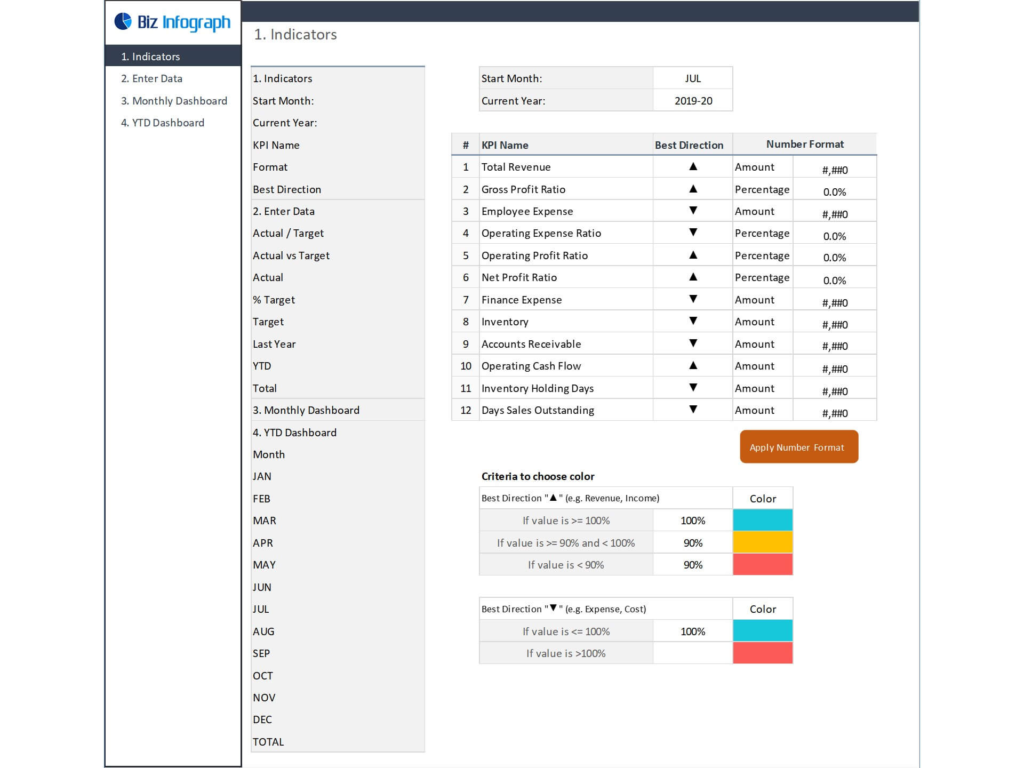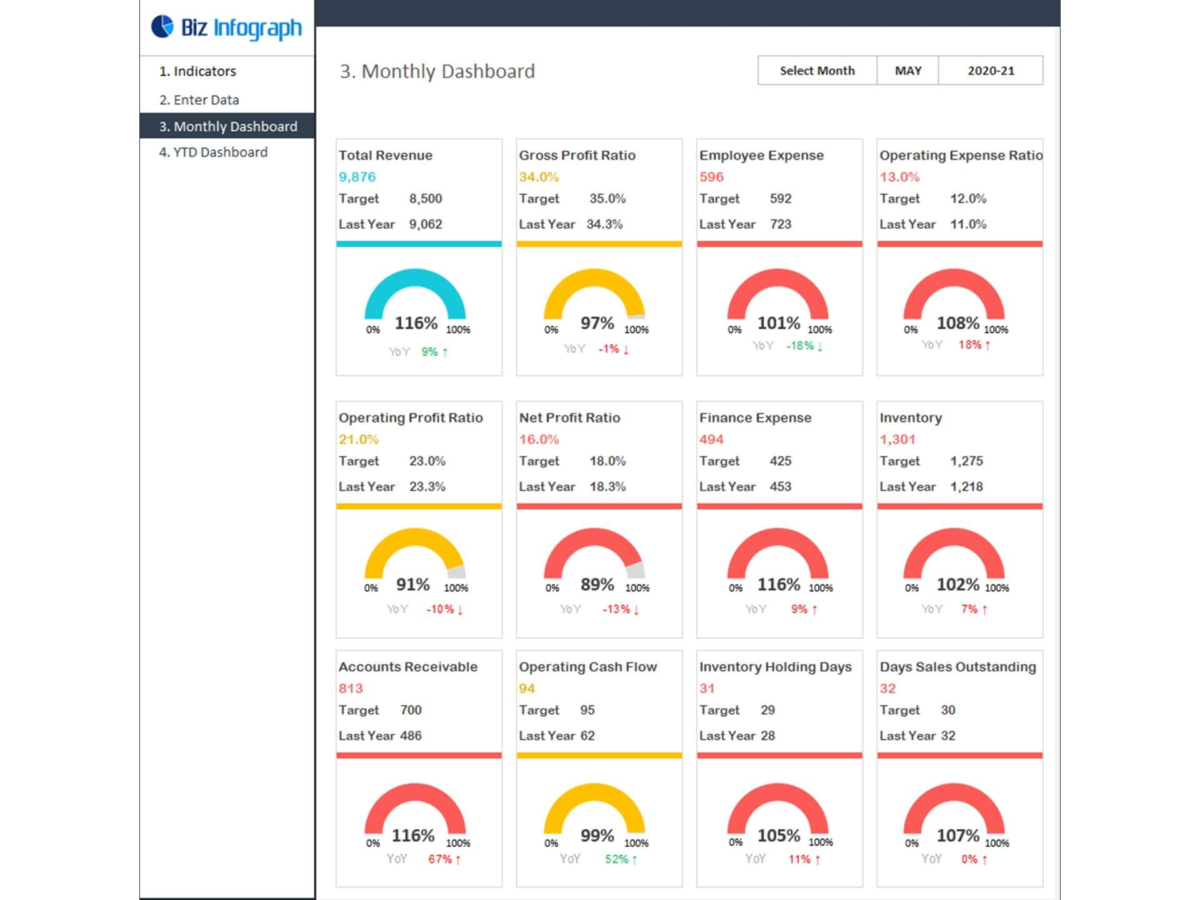Key Performance Indicators (KPIs) are a powerful tool for tracking the performance of your business. KPIs determine if your business is achieving its goals and can help identify areas for improvement. By understanding what KPI tracking for business growth is and how to use them, small businesses can use this data-driven approach to maximize their profits and compete more effectively in their markets.
What Is KPI Tracking?
KPIs track key metrics related to the performance of your business. They are used by businesses of all sizes to measure progress toward their goals and objectives. KPIs provide valuable insights into the health of your business, allowing you to identify areas that need improvement or are performing well. Commonly tracked KPIs include customer satisfaction, employee engagement, sales growth, profitability, website traffic, and more.
How Can Small Businesses Use KPI Tracking For Business Growth?
Small businesses can use KPI tracking to better understand their performance and make more informed decisions about allocating resources. So if one of your tracked KPIs is customer satisfaction, you can use this data to inform decisions such as how much money you should spend on customer service training or which products you should prioritize for development.
Let’s look at a step-by-step approach to doing that.
1. Understand Your Customer
One of the most important things you can do as a small business owner is to understand your customer. Who are they? What do they want? What do they need? Answering these questions will help you to create products or services that they will want to buy. Additionally, understanding your customer will help you create targeted marketing campaigns that are more likely to reach them.
2. Set Clear Goals
Once you understand your customer, you need to set clear goals for your business. What do you want to achieve? How many customers do you want to reach? How much revenue do you want to generate? Specific, measurable goals will help you track your progress and make necessary adjustments along the way.

3. Use KPIs To Track Progress
Once you have set clear goals, you need to start tracking your progress. This is where KPIs come in. KPIs, or key performance indicators, are metrics you can use to measure your progress.
For example, if your goal is to increase sales by 15%, a KPI could be the monthly sales made. Tracking KPIs will help you see how well your business is doing and make necessary changes.
4. Take Action Based On Your Data
Once you have started tracking KPIs, taking action is important based on the data you’re seeing. If certain KPIs aren’t being met, then it’s time to make some changes. Maybe you need to change your marketing strategy or adjust your product offerings. Whatever the case, taking action based on data is essential for growing your business.
Sign Up For The Excel Dashboard Template
If you want to use KPI tracking for your business growth, sign up for our professionally designed templates. At Biz Infograph, we offer numerous Excel business templates. So whether you’re looking for a financial or sales dashboard, we’ve got you.
Feel free to contact us if you have questions about our products.
